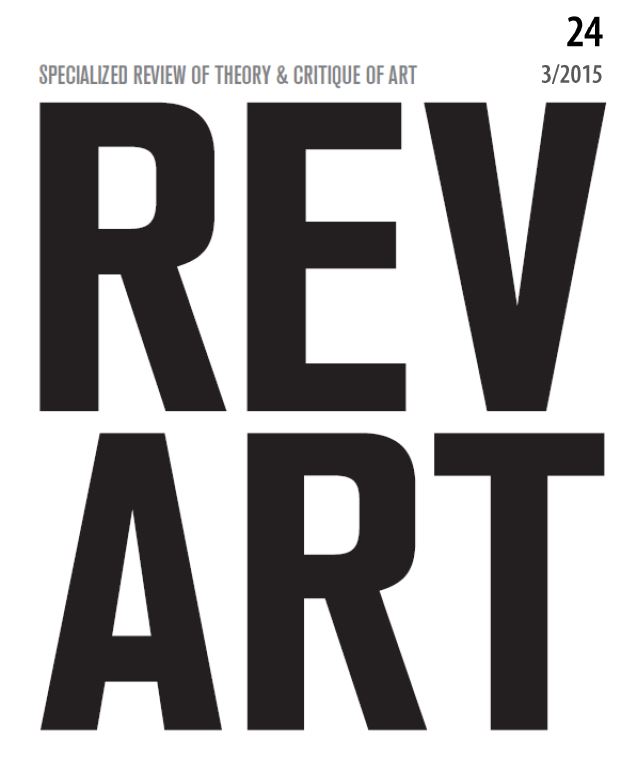THE CONTEMPORARY ARTIST’S
RELATIONSHIP WITH THE AUDIENCE
THE CONTEMPORARY ARTIST’S
RELATIONSHIP WITH THE AUDIENCE
Author(s): Iuliana NistorSubject(s): Fine Arts / Performing Arts, Essay|Book Review |Scientific Life
Published by: Editura Eurostampa
Keywords: Artist; Audience; Culture; Industry; Society; Masks; Dialogue; Questions
Summary/Abstract: Overtaken with the tide of social reform, we may think about putting on shows of any nature that could bring about substantial financial gain and we neglect the esthetics of the gift that the artist should impart on the public. In spite of all, in my discussions with spectators, I have talked to people who worry about theatre “ modernism” and who can rarely find quality shows in the performance outline of theatres in Bucharest , for the most part. The majority of theatre-going individuals are well-educated intelligent people who have given their open and honest view on their relationship to art, surprisingly profound ones.The idea that we put on commercial shows to satisfy a demand in the public carries in itself a commercial aim and holds no relevance for the above mentioned spectator category: loyal spectators. The general public, target for many pseudo-festivals of theatre is largely made out of occasional spectators who can rarely step out of the box of television watching and who end up in a theatre hall to have fun, under the influence of these subcultural television shows they watch.If contemporary theatre productions are in competition with television shows, there is a fear that in a few years’ time we could end up seeing culinary or publicity performances put on stage. All because it is said that this would be the demand in the general public.One of the painful conclusions I have come to is that some theatre directors or producers are interested solely in earning as much money as possible, investing as little as possible in actors and spending huge amounts of cash in props while giving life on stage to plays taken from the universal drama pool, many of them of a questionable quality.I would suggest the establishment of a union for the audience in each theatre in the country, where people of varied social categories and ages who are interested in theatre and fond of it could be coopted and62consulted in the choice of repertoire. I would wish the union had at least one member who is a theatre college student, a high-school student member, a scientist, a psychologist and an art-therapist. No theatre professionals, directors, press critics or any people employed in any artistic area of the theatre are to be accepted as members. Also I would wish the union to have a saying in the casting of actors in plays. Castings should not be made behind closed doors, in the director’s office, but in an open audition that gives participants equal chances.The actor-artist comes out on stage to perform a piece, then to go back to being part of the audience, spectator and actor of daily life. Likewise, the spectator is part of the audience present at the theatre, then to become himself an actor on the stage of social life. We play both parts, each and every one of us!“The cultural atmosphere of a country is the spirit that society breathes in. The large public does not carry the necessary discerning ability to choose from the pile that assaults the nobility and beauty of superior art. Triviality and pornography instinctively draw out bad tendencies. In the face of society, the artist is responsible much like the priest is. Much more than so , for the gift bestowed upon him is larger…”
Journal: REVART
- Issue Year: 24/2015
- Issue No: 3
- Page Range: 61-68
- Page Count: 8
- Language: English
- Content File-PDF

